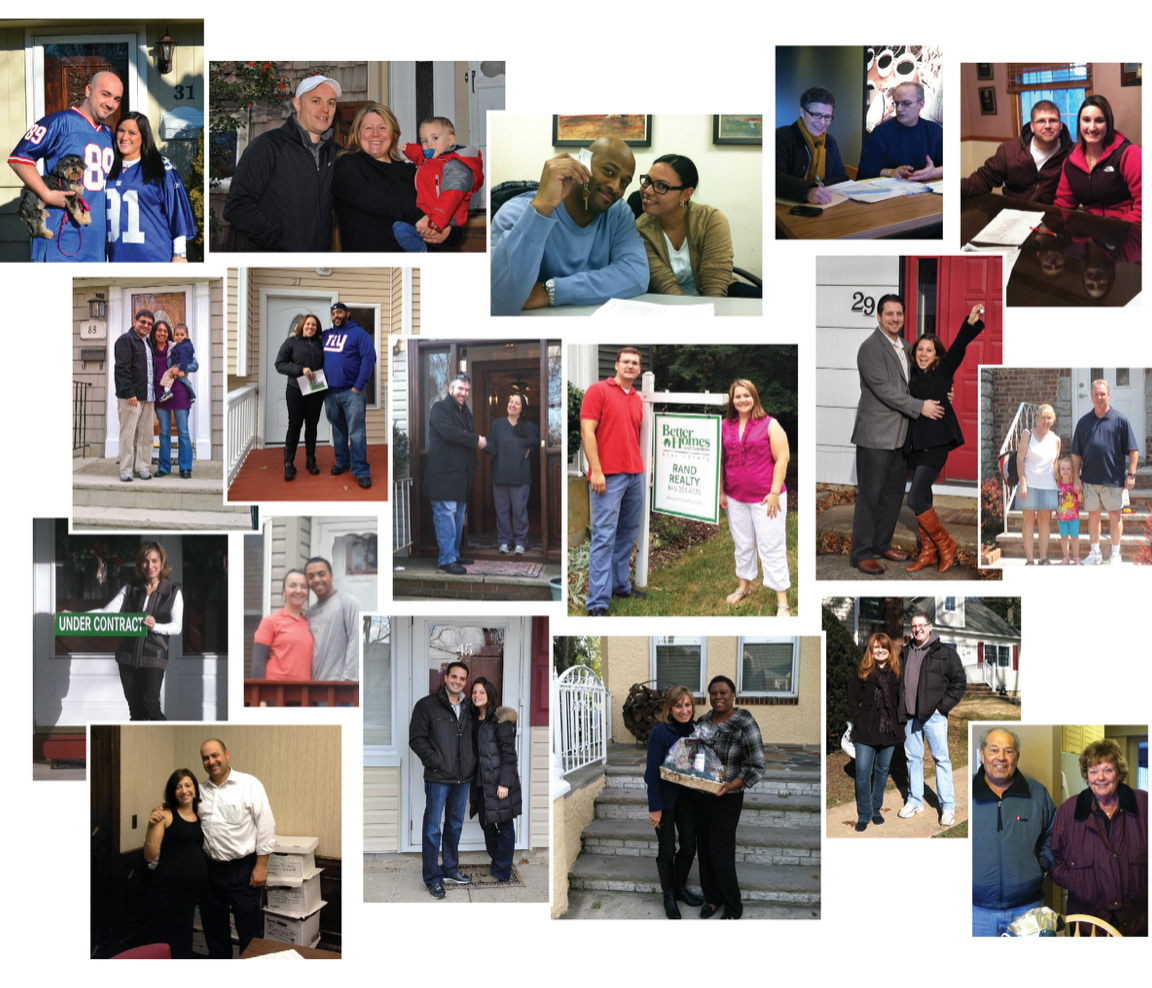
The real estate closing can be confusing, but mostly it can be boring. The attorneys do all the work, and you will mostly sit around making small talk between long bouts of signing big documents. The seller has even less to do, so you might not even see the seller for most of the closing.
On the morning of or the day before your closing, the buyer and buyer agent will do a quick ” walkthrough” of your property, checking that the seller moved out without damaging the home or taking any fixtures. They’ll also be checking out the mechanical systems – running the water, flushing toilets, turning on lights, etc. – to make sure everything is in working order.
Most of the time, the walkthrough goes smoothly, and you won’t have any issues at closing. If you do find something wrong during the walkthrough, the attorneys will negotiate the issue and come to some sort of resolution. Barring outright cataclysmic problems in the home, walkthrough issues are resolved for a few hundred dollars and almost never cause a closing delay or a termination of the contract.
Once your walkthrough is complete, you’re ready to close. When you’re getting ready to go to the closing, don’t forget that you’ll need two very important things. First, you’ll need your checkbook, because you’re going to have to write a few checks to cover your closing costs, beyond the bank check you’ll be getting for the down payment. Second, you need your driver’s license (or some legal form of photo ID), because you’ll need proof of identity for the attorneys and the title closer. Your attorney will let you know what else you’ll need.
The basic dynamic of a closing is simple and involves three parts:
1) the buyer completing paperwork to get financing from a lender,
2) the seller transferring ownership of the property to the buyer, and
3) the lender giving the seller a check.
What happens at the closing is simply the execution of various forms that give final confirmation to the agreements made in the contract of sale between you and the seller, and the mortgage commitment between you and the lender.
That said, closings can be confusing to the lay person, because attorneys use a lot of jargon and shorthand in trying to facilitate a complicated process quickly and efficiently. To give you an idea, here is an overview of what happens at a closing:
The Participants
In addition to the buyer, buyer’s attorney, seller, and seller’s attorney, there are two other significant participants at the closing:
•The closer. The closer is usually employed or contracted by the title company issuing title insurance for the buyer, and will actually run the closing as an intermediary between the seller’s and buyer’s attorneys. The closer is also the person who will ultimately take your deed, your proof of ownership, to be recorded in the county clerk’s office.
•The bank attorney. The bank attorney represents the lender in the transaction, and is there basically
to make sure the loan documents are executed correctly. The buyer’s attorney sometimes is authorized to double as the bank attorney.
Of course, the closing might involve some other support personnel, chiefly paralegals and other assistants. And the real estate agents might show up in shows of support and to keep you company, even though they don’t have any formal role in the closing itself.
The Buyer’s Financing
Most of the time at the closing will be taken up by the buyer finalizing agreements with the lender on the mortgage terms. The lender will have a series of complicated documents that the buyer needs to understand and sign in order to obtain the loan necessary to buy the home, including the following:
•Truth in Lending Statement, which is federally required to disclose the actual financial terms of the loan.
•Itemization of Amount Financed, which tallies up the actual cost of the financing.
•The Monthly Payment Letter, which breaks down monthly payments into principal, interest, taxes, and insurance.
•The Note, which is the loan agreement between the borrower and lender.
•The Mortgage, which is the lien put on the home by the lender to provide collateral to the Note.
Once all that is completed, you are now in a position to purchase the property from the seller. For most of this process, the seller won’t have much to do. The seller did all her work months ago when she prepared her home for sale. The closing is where you are the main actor.
Transfer of Ownership
Now, the attorneys will begin having the seller execute documents that will transfer ownership from the seller to the buyer. These documents include:
•The Settlement Statement (HUD-1), which contains all the settlement charges associated with the transaction.
•The Deed, which is the actual document that transfers ownership from the seller to the buyer.
•Proration Agreements, which are simply side-agreements to the contract that prorate the housing costs (taxes , HOA fees, utilities) according to the date of the closing. For example, if the seller paid the property tax bill for the year three months ago, the buyer will be reimbursing the seller for 75% of that bill, since the seller lived in the home for only 25% of the year. The attorneys will be hunched over calculators for much of this process while they use standard formulas to figure out who owes what to whom.
•Receipts. Both parties might have to sign tax and utility receipts indicating awareness that certain costs have to be paid by one side or the other.
•Name Affidavit. At some point, the attorneys will ask you to provide identification proving that you are who you say you are, and ask you to sign a document attesting to your identity. That’s to make sure that you are the person legally allowed to transfer title.
•Summary. The final document of the closing, listing all the documents that executed and included as part of the closing.
When that’s done, you will get a copy of all your documents, and the title closer will be rushing off to the county clerks’ office to record your new deed (and the mortgage on that deed). At that point, you are done, so congratulations are in order.

 Facebook
Facebook
 X
X
 Pinterest
Pinterest
 Copy Link
Copy Link




